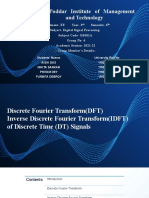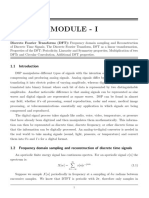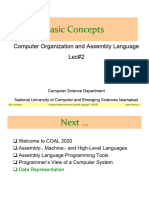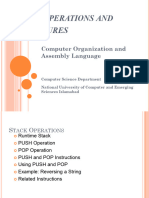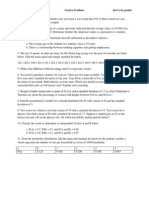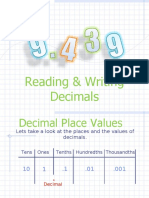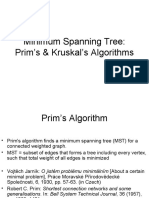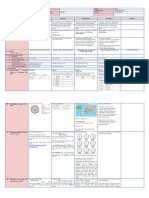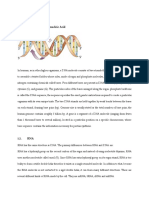0% found this document useful (0 votes)
21 views8 pagesDSP Lab Spring 23 Exp-05-06
The document is a laboratory manual for a Digital Signal Processing course focusing on the Discrete Fourier Transform (DFT). It outlines learning objectives, required equipment, and various tasks involving DFT, FFT, and linear convolution using MATLAB. Additionally, it includes sections for student feedback and assessment criteria.
Uploaded by
fakhar_fastCopyright
© © All Rights Reserved
We take content rights seriously. If you suspect this is your content, claim it here.
Available Formats
Download as DOCX, PDF, TXT or read online on Scribd
0% found this document useful (0 votes)
21 views8 pagesDSP Lab Spring 23 Exp-05-06
The document is a laboratory manual for a Digital Signal Processing course focusing on the Discrete Fourier Transform (DFT). It outlines learning objectives, required equipment, and various tasks involving DFT, FFT, and linear convolution using MATLAB. Additionally, it includes sections for student feedback and assessment criteria.
Uploaded by
fakhar_fastCopyright
© © All Rights Reserved
We take content rights seriously. If you suspect this is your content, claim it here.
Available Formats
Download as DOCX, PDF, TXT or read online on Scribd
/ 8
























